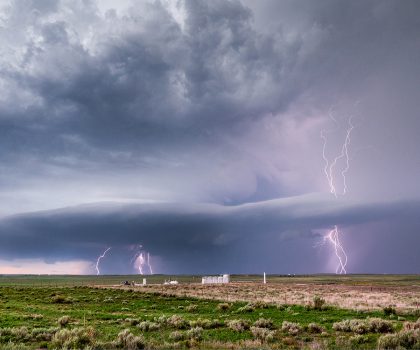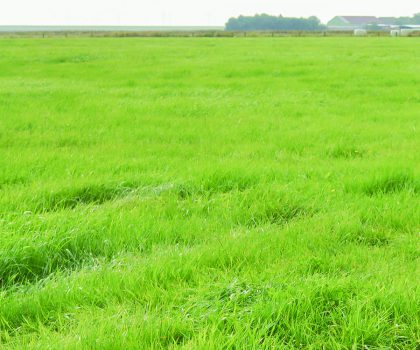
NEXT Answers 7 Burning Broadband Questions
NEXT discusses everything from funding challenges, broadband marketing, and bringing service to those communities that need it most.
North East Arkansas is providing much needed service to underserved areas in Arkansas. Scott Hamby, Chief Operating Officer, and Cortney Varner, Director of Marketing & Business Development, sit down to discuss their rapid growth and how they are transforming lives in Arkansas. Supported by cooperative principles and a dedication to their customers, NEXT activates between 400-500 customers every month, and they are just getting started.

1. Who are you customers, and how do they use high-speed fiber?
Cortney: We serve seven counties overall and have a lot of rural areas. Many customers don’t have any other options for Internet, and they’re very thankful that we’re there. We live in a retirement community and see a largely retired population Our retired customers are not on computers as much, so they may want us for the TV or phone service. We offer all services as a convenience to the customer so they can pay everything with one bill.
2. How do you handle competition? What differentiates NEXT?
Scott: Using fiber optic technology, we’re able to provide higher bandwidth to everyone in our coverage area. We have technicians staged all around our footprint, and they’re able to respond quickly and resolve quickly. Yes, we have the fastest speeds and the most reliable internet. But what we really have is the best customer service, that’s how we can differentiate ourselves from everybody else’s by providing that level of customer service.
Fill out the form below to read the remaining Burning Broadband Questions



